Home>Technology>Security & Surveillance>How Do I Lock My Kitchenaid Oven Door
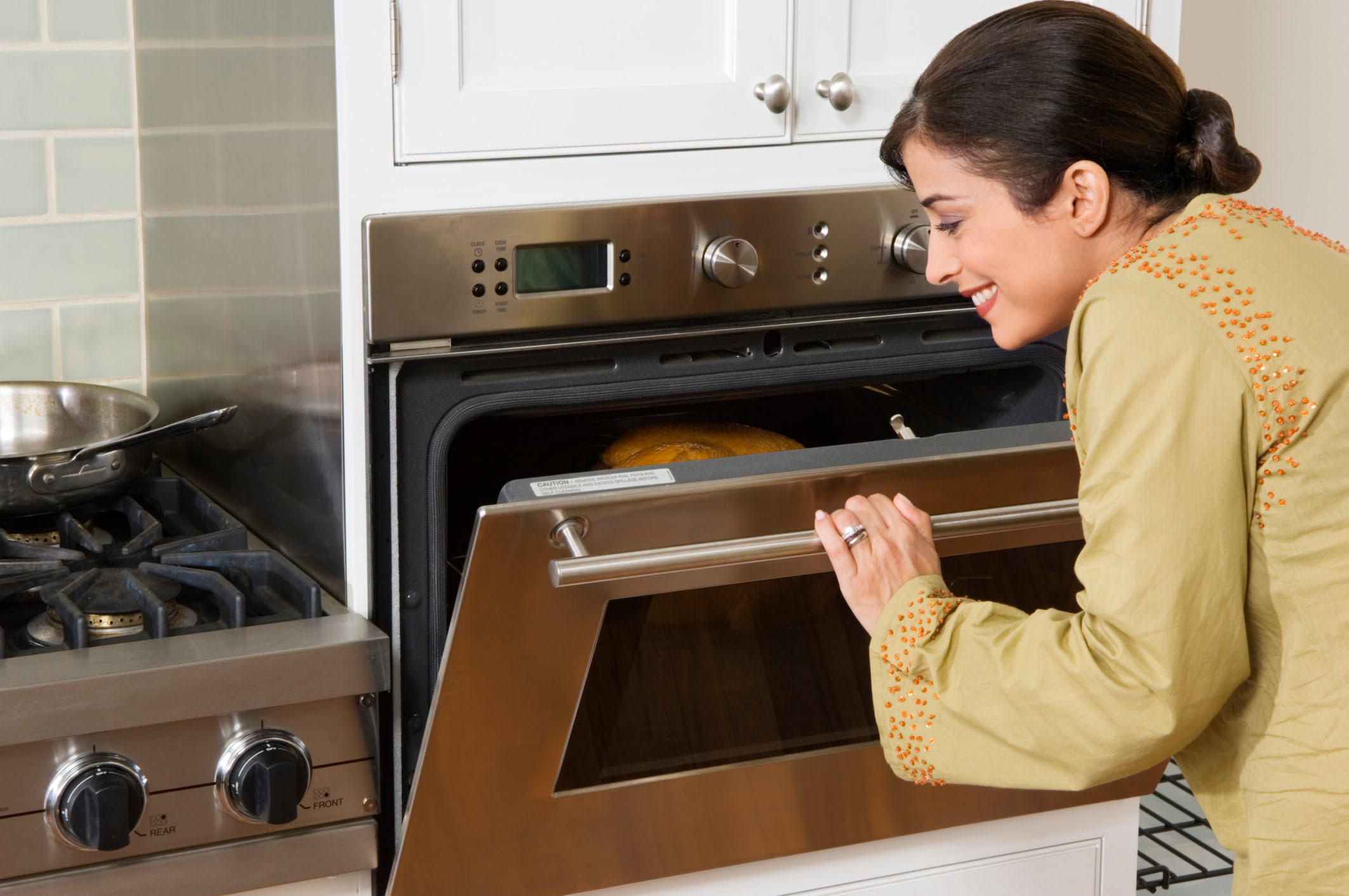

Security & Surveillance
How Do I Lock My Kitchenaid Oven Door
Modified: May 6, 2024
Learn how to secure your Kitchenaid oven with these simple steps for locking the oven door. Ensure the safety of your kitchen and family with this security and surveillance guide.
(Many of the links in this article redirect to a specific reviewed product. Your purchase of these products through affiliate links helps to generate commission for Storables.com, at no extra cost. Learn more)
Introduction
Welcome to the world of KitchenAid ovens, where culinary excellence meets innovative technology. As you embark on your journey of culinary exploration, it's essential to understand the functionality of your KitchenAid oven, including the process of locking its door. Whether you're preparing a succulent roast, baking a batch of delectable cookies, or experimenting with a new recipe, the ability to secure the oven door is a fundamental aspect of its operation.
The KitchenAid oven door lock serves multiple purposes, ensuring safety during the cooking process and optimizing the oven's performance. Understanding how to effectively engage the door lock mechanism is crucial for a seamless and secure cooking experience. In this comprehensive guide, we will delve into the intricacies of the KitchenAid oven door lock, providing you with the knowledge and confidence to utilize this feature with ease.
Join us as we unravel the mysteries of the KitchenAid oven door lock, empowering you to elevate your culinary endeavors while prioritizing safety and efficiency. Let's embark on this enlightening exploration, unlocking the potential of your KitchenAid oven with every twist and turn.
Key Takeaways:
- Mastering the art of locking your KitchenAid oven door ensures safety and efficient cooking. Follow the manual’s instructions to engage the door lock seamlessly for a secure culinary experience.
- Troubleshoot common issues with the door lock to maintain a reliable and safe cooking environment. Clear obstructions and follow manual release procedures if needed, ensuring continued efficiency.
Read more: How Do I Reset My Toyota Door Lock
Understanding the KitchenAid Oven Door Lock
Before delving into the practical aspects of locking your KitchenAid oven door, it’s essential to grasp the underlying mechanisms and safety features associated with this component. The oven door lock is a pivotal element designed to safeguard users during the self-cleaning cycle and high-temperature cooking processes, preventing accidental exposure to extreme heat and potential injuries.
Most KitchenAid ovens are equipped with a robust door lock system that engages automatically under specific conditions. This feature ensures that the oven door remains securely sealed, preventing access to the interior while the oven is operating at elevated temperatures. The door lock mechanism is engineered to withstand the intense heat generated during the self-cleaning cycle, effectively containing the heat within the oven cavity and mitigating any safety hazards.
Furthermore, the door lock mechanism plays a crucial role in maintaining consistent cooking temperatures within the oven, enhancing the overall efficiency of the appliance. By securely sealing the oven door, the lock facilitates optimal heat retention, allowing your culinary creations to bake, roast, or broil with precision and uniformity.
Understanding the significance of the KitchenAid oven door lock empowers users to leverage this feature intelligently, ensuring a safe and controlled cooking environment. Whether you’re preparing elaborate feasts or whipping up quick meals, the door lock serves as a dependable guardian, fortifying the oven against external interference and regulating its internal conditions.
As we navigate through the nuances of the KitchenAid oven door lock, it’s important to recognize its pivotal role in enhancing both safety and performance. By comprehending the purpose and functionality of this essential component, you’ll be well-equipped to harness its capabilities effectively, fostering a seamless and secure cooking experience.
Locking the KitchenAid Oven Door
Engaging the door lock on your KitchenAid oven is a straightforward yet pivotal process that ensures the safety and efficiency of your cooking endeavors. Whether you’re initiating the self-cleaning cycle or conducting high-temperature cooking, mastering the art of locking the oven door is essential for a seamless and secure culinary experience.
When preparing to lock the oven door, it’s important to familiarize yourself with the specific model of your KitchenAid oven, as the door lock mechanism may vary slightly across different models. However, the fundamental steps for engaging the door lock typically involve initiating the self-cleaning cycle or activating a high-temperature cooking function, such as the broil setting.
For the self-cleaning cycle, the oven door lock will automatically engage once the cleaning process is initiated. This feature is designed to secure the door throughout the duration of the self-cleaning cycle, preventing access to the extremely high temperatures generated during this intensive cleaning operation. It’s important to note that the door lock will remain activated until the oven has sufficiently cooled after the cleaning cycle is complete, ensuring user safety.
Similarly, when utilizing high-temperature cooking functions that necessitate the door to be locked, such as broiling or utilizing the oven’s pyrolytic cleaning feature, the door lock can typically be engaged by selecting the corresponding cooking mode and allowing the oven to reach the desired temperature. Once the oven has reached the designated high temperature, the door lock will activate, securing the door and initiating the cooking or cleaning process.
As you embark on the journey of locking your KitchenAid oven door, it’s essential to follow the manufacturer’s guidelines and recommendations outlined in the user manual. These instructions provide valuable insights into the specific procedures for engaging the door lock, ensuring that you can harness this feature effectively and safely.
By mastering the process of locking the oven door, you’ll harness the full potential of your KitchenAid oven, unlocking a world of culinary possibilities while prioritizing safety and precision in your cooking endeavors.
To lock your Kitchenaid oven door, locate the oven door lock switch and slide it to the locked position. This will secure the door and prevent it from being opened during the self-cleaning cycle or when the oven is in use.
Troubleshooting Common Issues
While the KitchenAid oven door lock is designed to operate seamlessly, occasional issues may arise that require troubleshooting to ensure optimal functionality. Understanding and addressing common issues related to the oven door lock will empower you to maintain a reliable and secure cooking environment.
One common issue that users may encounter is the failure of the door lock to engage during the self-cleaning cycle or high-temperature cooking processes. If the door lock fails to activate, it is essential to first ensure that the oven is not in use and has cooled down sufficiently. Attempting to engage the door lock while the oven is still hot can lead to malfunctions and safety hazards.
If the door lock still fails to engage after the oven has cooled, it is advisable to inspect the door lock mechanism for any obstructions or debris that may impede its operation. Clearing any accumulated residue or foreign objects around the door lock can often resolve this issue, allowing the mechanism to function as intended.
Another potential issue is the failure of the door lock to disengage after the completion of the self-cleaning cycle or high-temperature cooking. In such instances, it is crucial to refrain from attempting to force the door open, as this can lead to damage to the oven and compromise user safety.
To address this issue, it is recommended to allow the oven to cool completely and then gently attempt to disengage the door lock. If the door remains locked despite the oven being cooled, consulting the user manual for model-specific instructions on manual release procedures is advisable. Most KitchenAid ovens are equipped with a manual release mechanism to unlock the door in such situations.
In cases where troubleshooting the door lock issues proves challenging, reaching out to certified technicians or the manufacturer’s customer support can provide expert guidance and assistance in resolving the underlying causes of the malfunction.
By familiarizing yourself with these common issues and their troubleshooting methods, you’ll be well-prepared to address any door lock-related concerns, ensuring the continued efficiency and safety of your KitchenAid oven.
Conclusion
Congratulations on embarking on a comprehensive exploration of the KitchenAid oven door lock. By delving into the intricacies of this essential component, you’ve gained valuable insights into its purpose, functionality, and the pivotal role it plays in ensuring a safe and efficient cooking environment.
As you’ve discovered, the KitchenAid oven door lock serves as a steadfast guardian, providing a secure seal during the self-cleaning cycle and high-temperature cooking processes. Its ability to withstand intense heat and maintain consistent cooking temperatures underscores its significance in optimizing the performance of your KitchenAid oven.
Mastering the art of locking the oven door has equipped you with the knowledge to engage this feature seamlessly, whether initiating the self-cleaning cycle or utilizing high-temperature cooking functions. By adhering to the manufacturer’s guidelines and understanding the specific procedures for your oven model, you can confidently lock the door, unleashing the full potential of your culinary creations while prioritizing safety.
Moreover, by familiarizing yourself with common door lock issues and their troubleshooting methods, you’re prepared to address any potential challenges that may arise, ensuring the continued reliability and safety of your KitchenAid oven.
As you continue your culinary adventures, may the knowledge and insights gained from this exploration empower you to unlock a world of delectable possibilities, all while embracing the security and efficiency that the KitchenAid oven door lock affords. Cheers to many more delightful culinary creations in the heart of your kitchen!
Now that you've secured your Kitchenaid oven door, perhaps you're curious about upgrading your kitchen appliances further. If you're eyeing a sleek, efficient update, why not consider side door wall ovens? Perfect for any modern kitchen, these models offer accessibility and style. For a closer look at the latest innovations in kitchen technology, check out our article on the best side door wall ovens set to hit the market in 2024. These selections not only boost your kitchen's functionality but also its aesthetic appeal with their unique oven door lock mechanisms.
Frequently Asked Questions about How Do I Lock My Kitchenaid Oven Door
Was this page helpful?
At Storables.com, we guarantee accurate and reliable information. Our content, validated by Expert Board Contributors, is crafted following stringent Editorial Policies. We're committed to providing you with well-researched, expert-backed insights for all your informational needs.
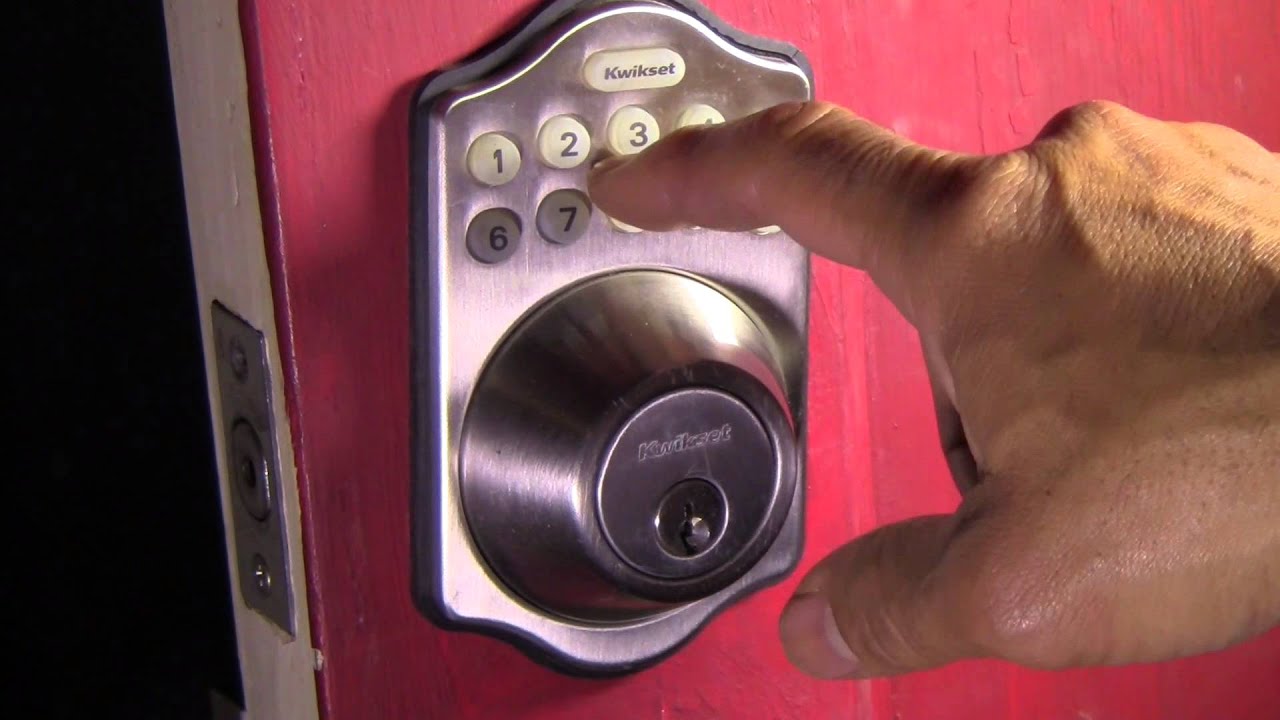
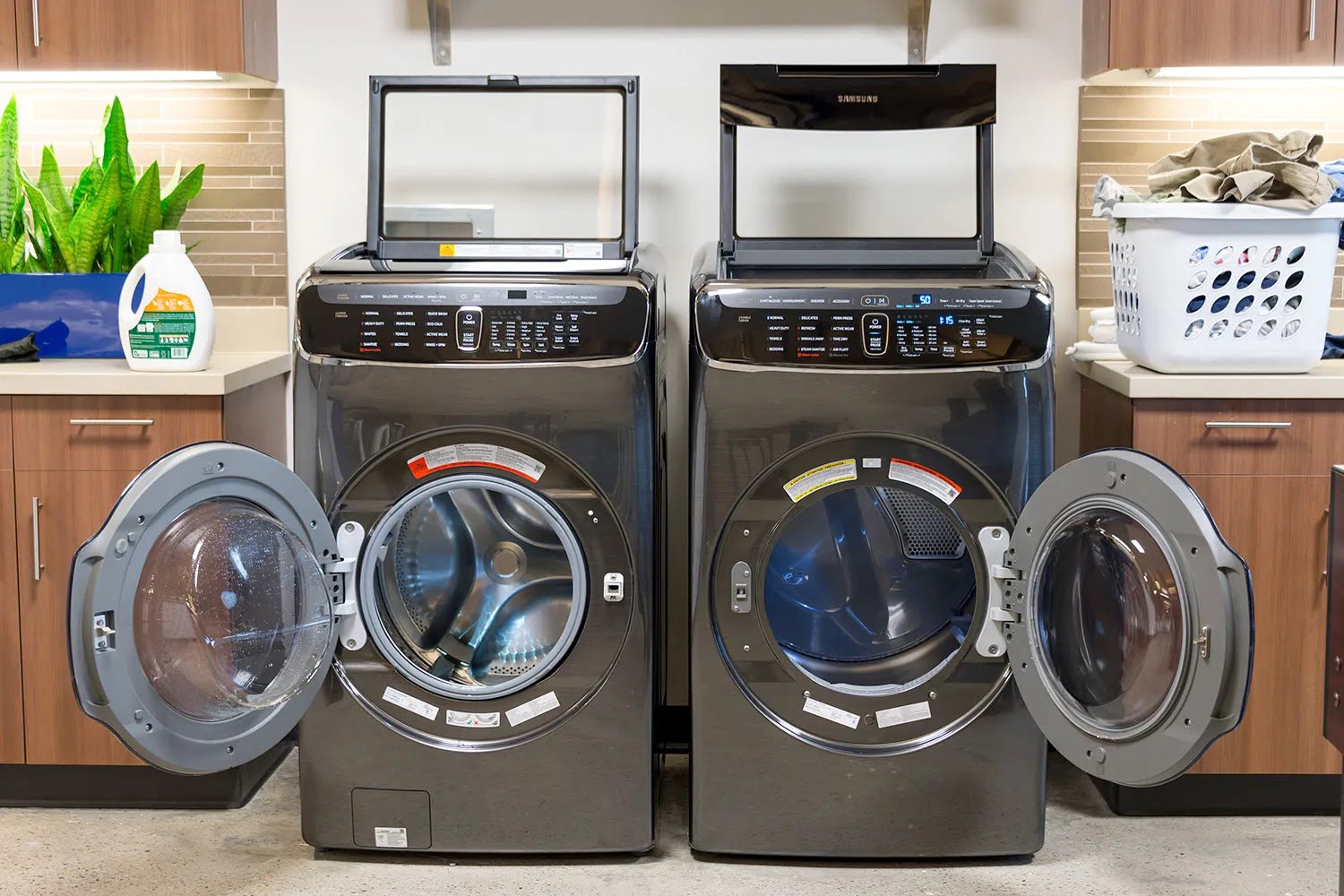
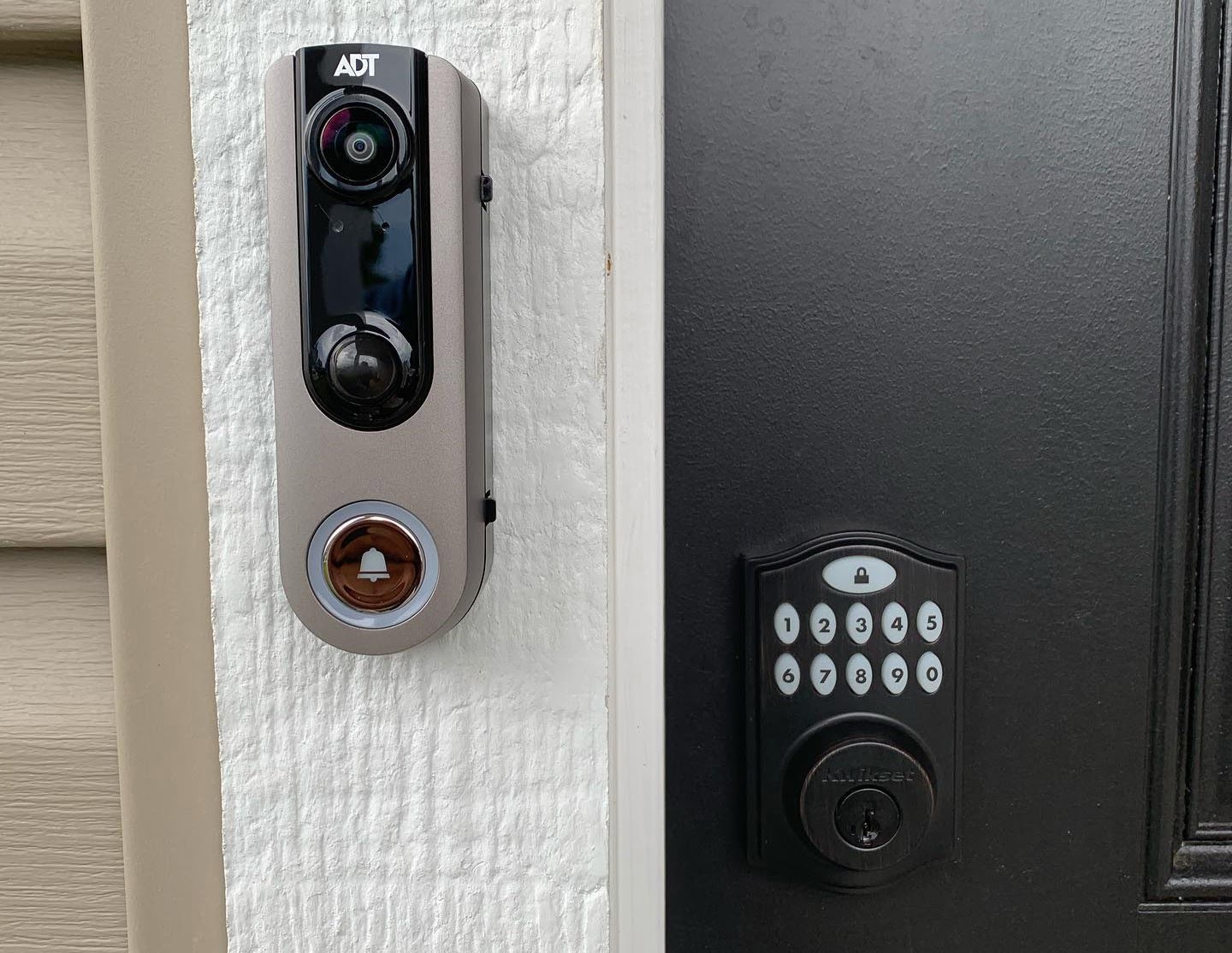
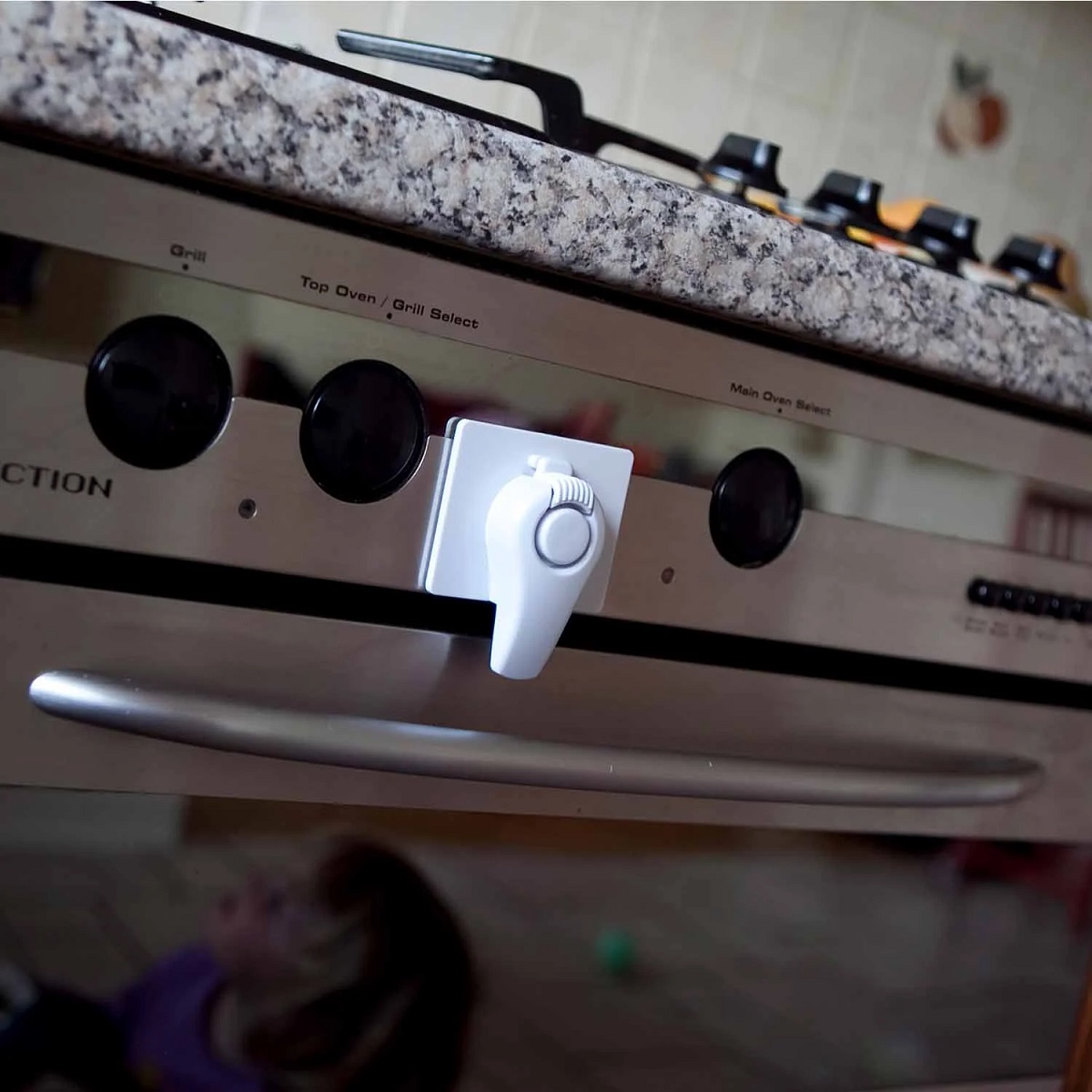
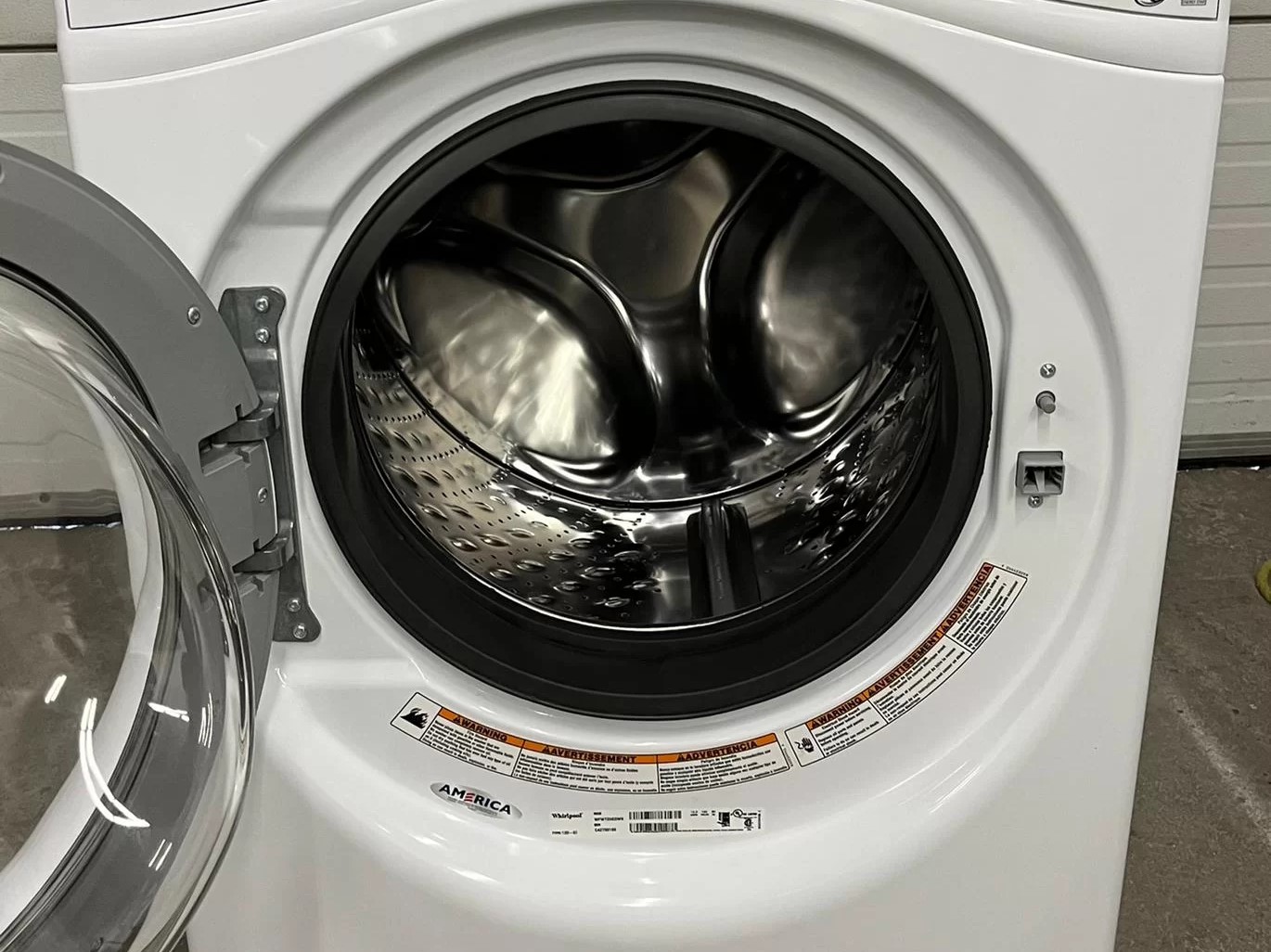
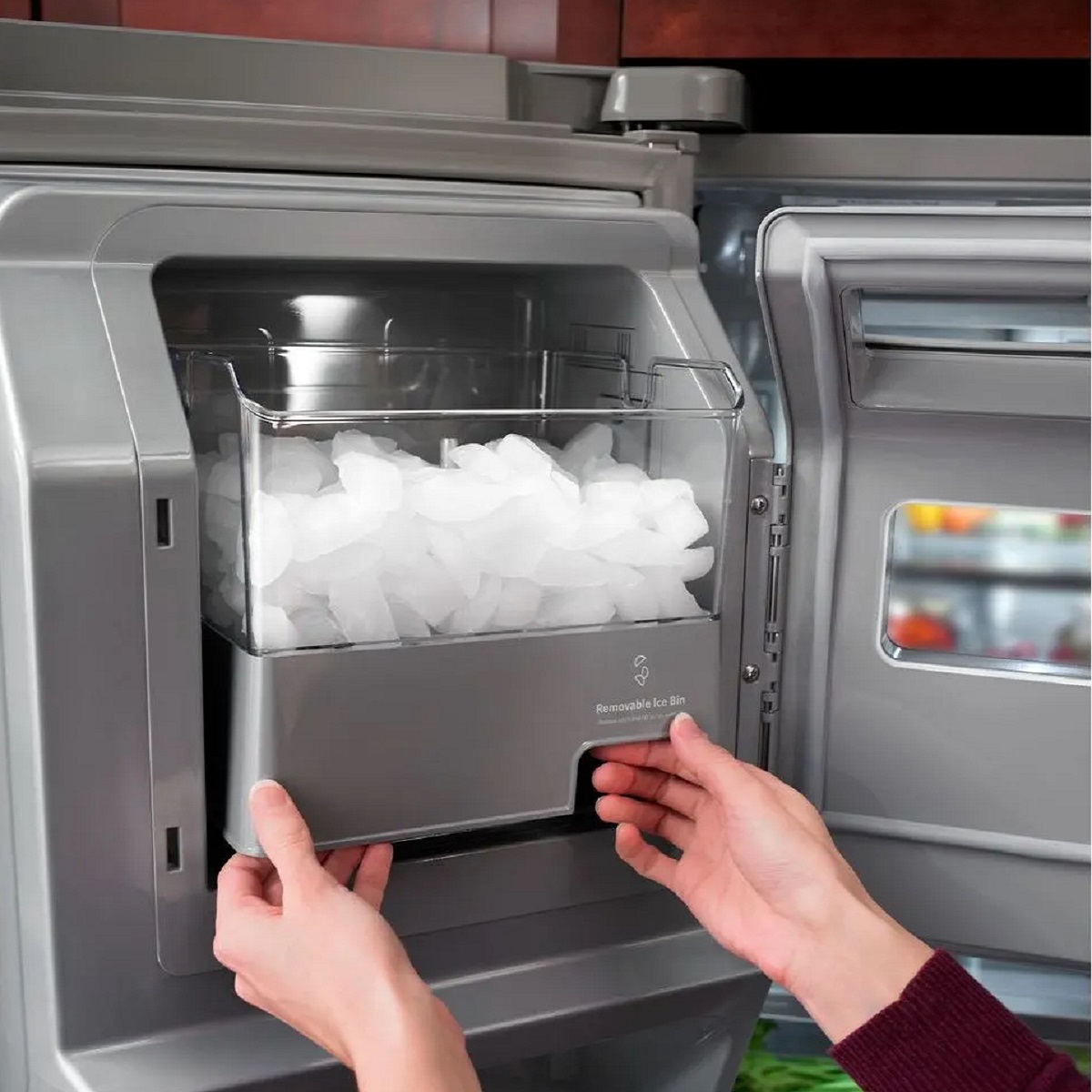
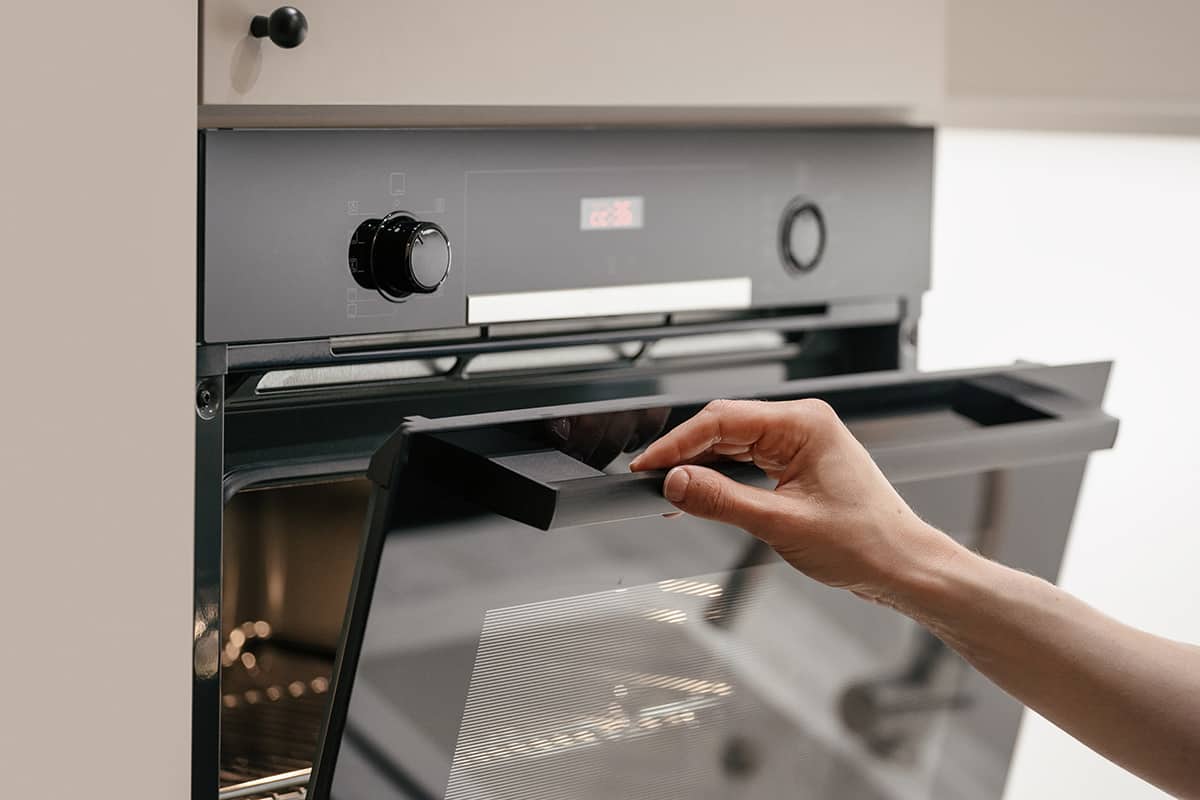
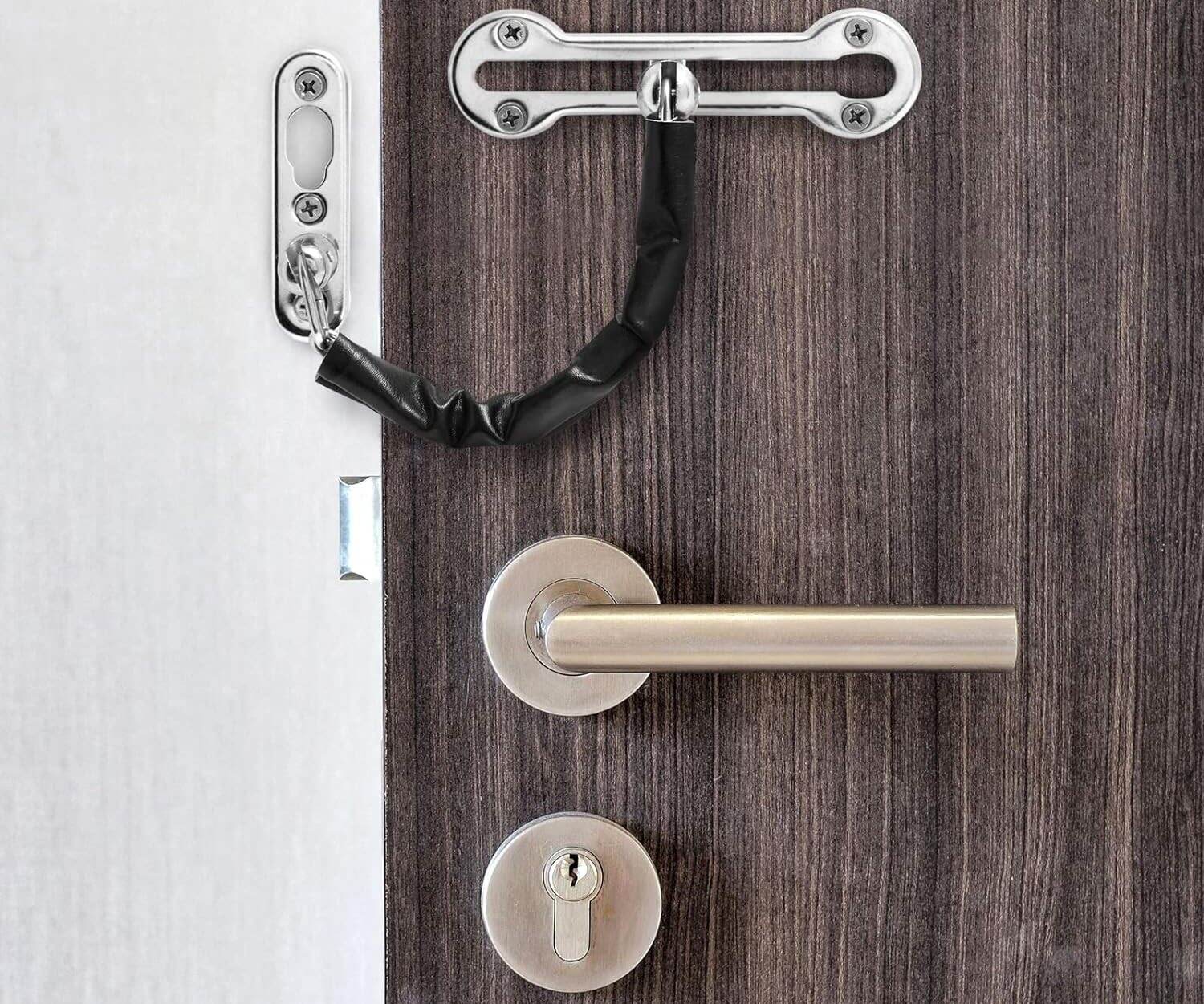
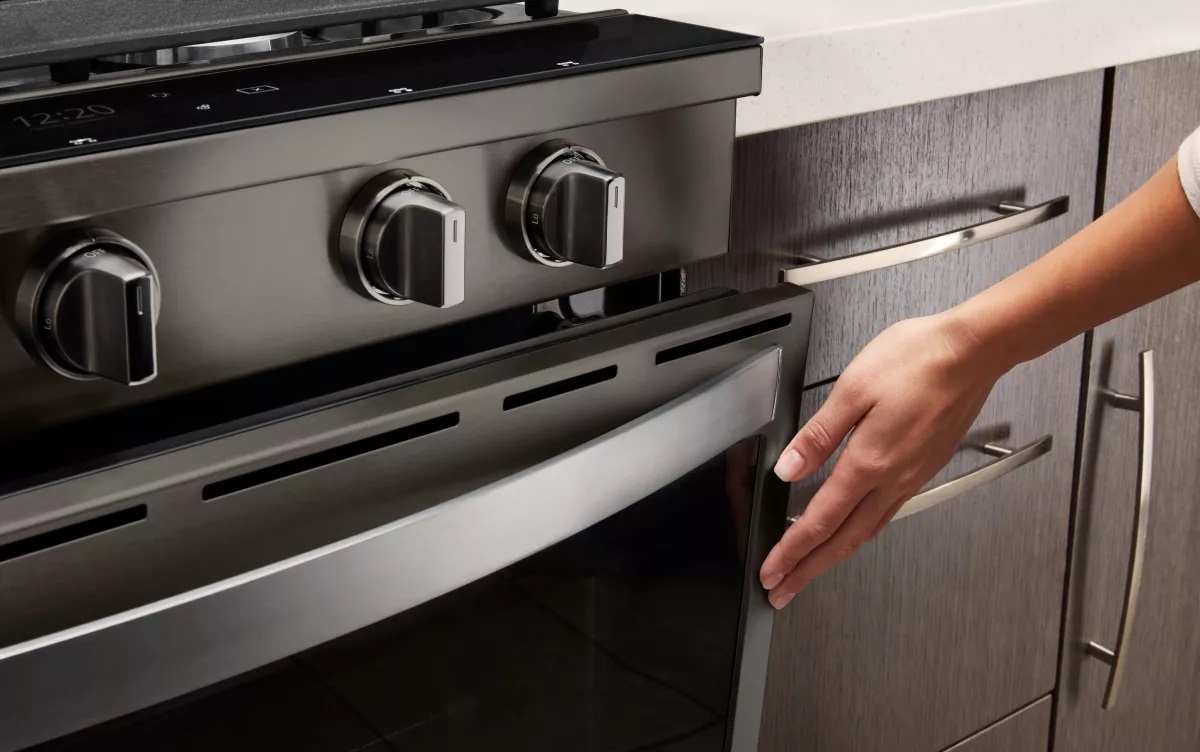
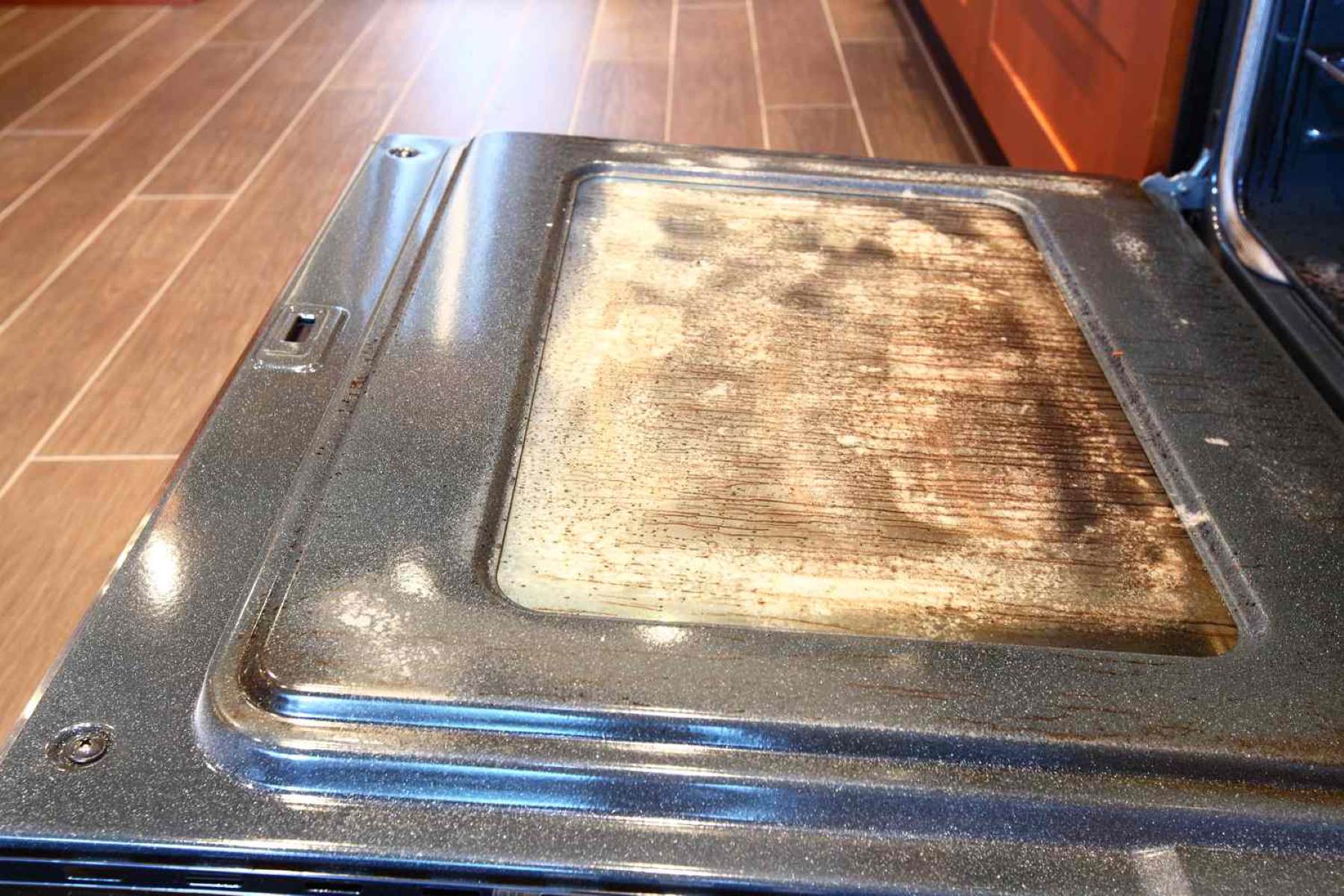
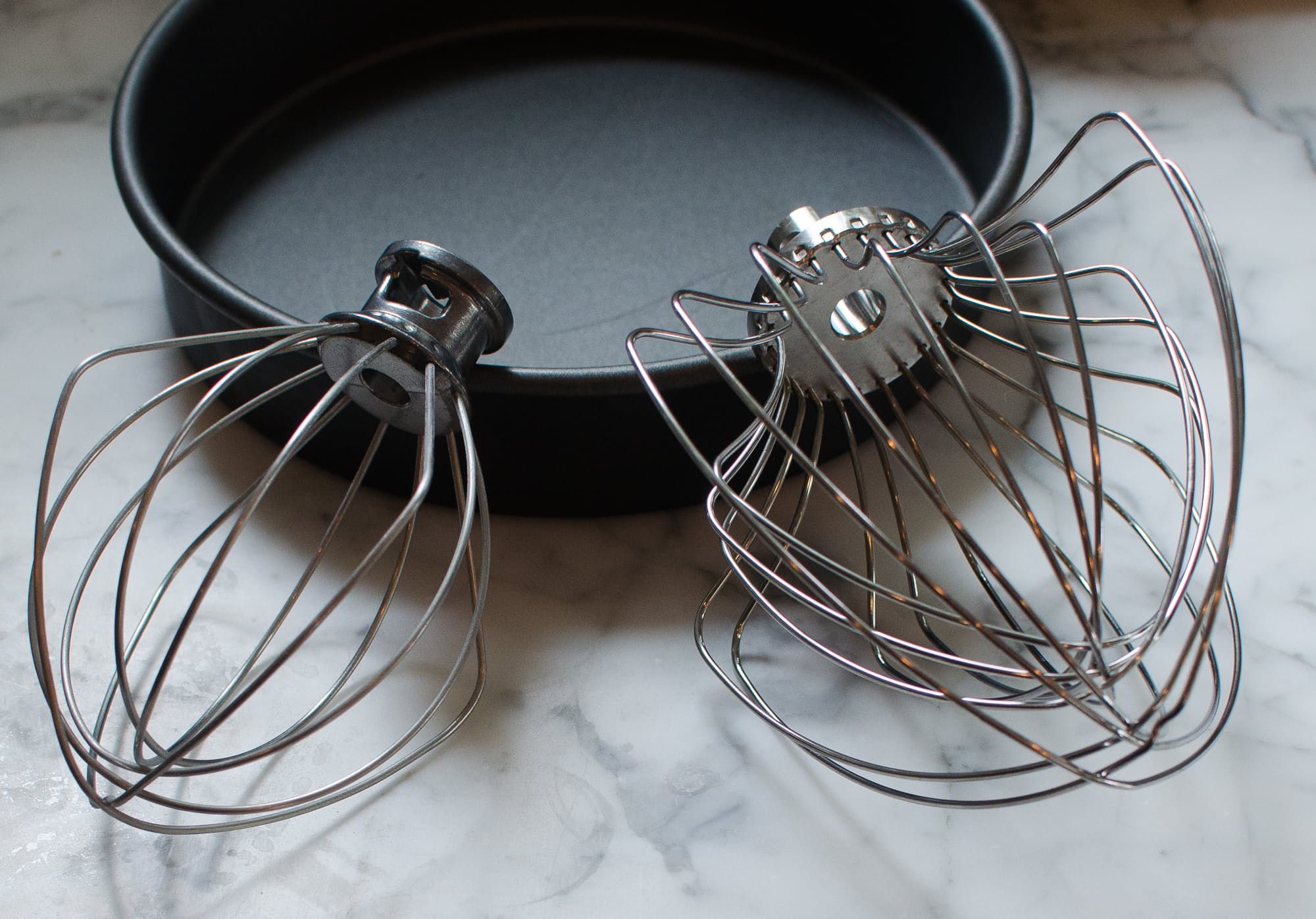
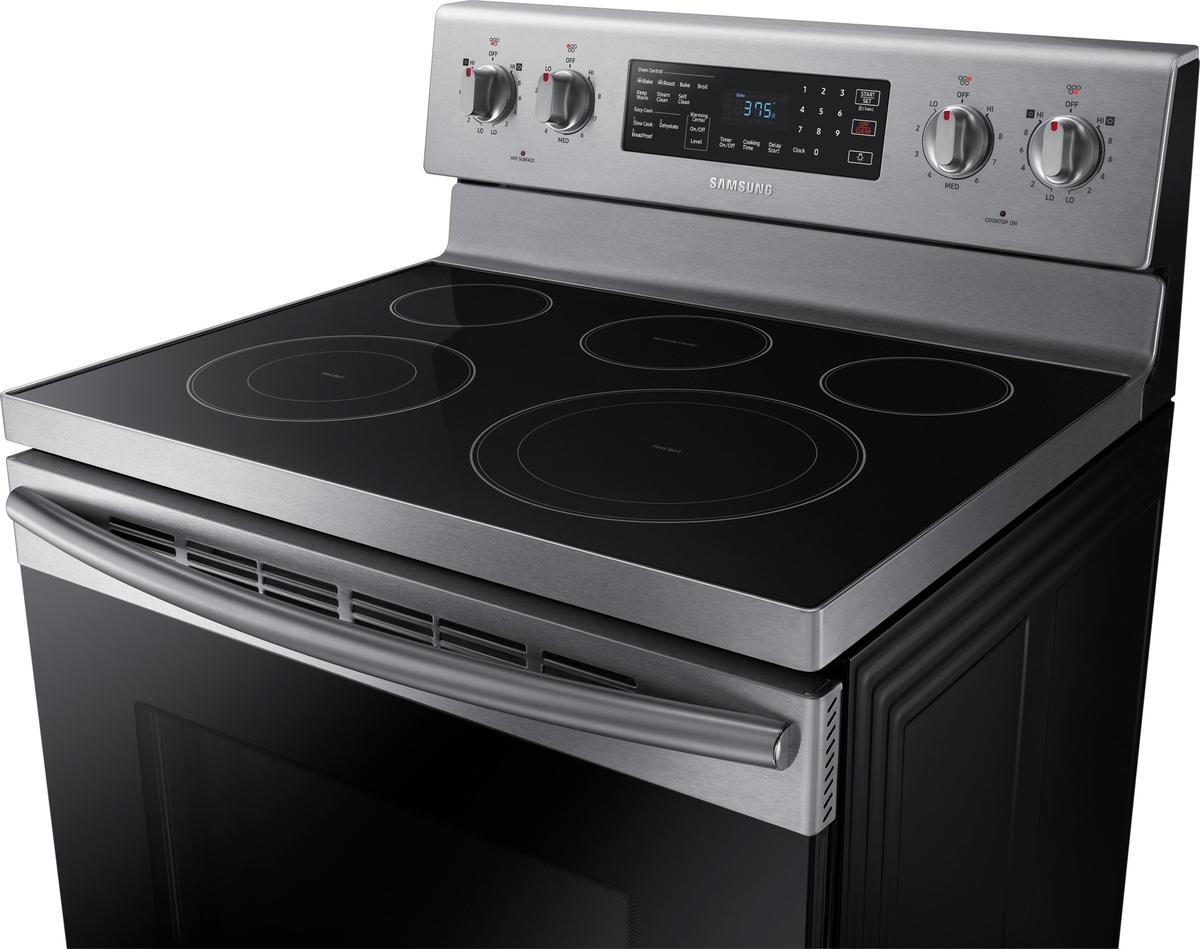
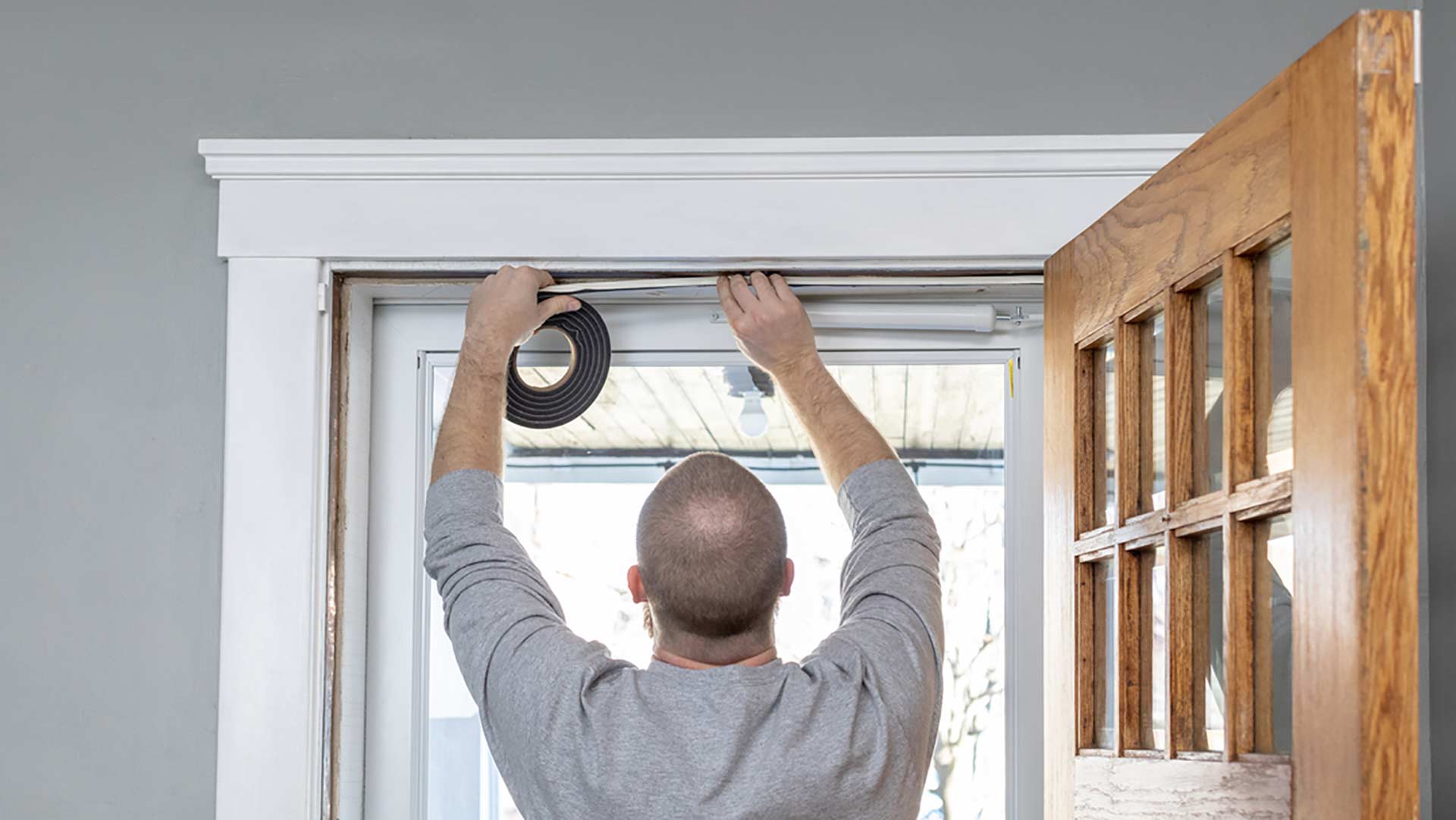
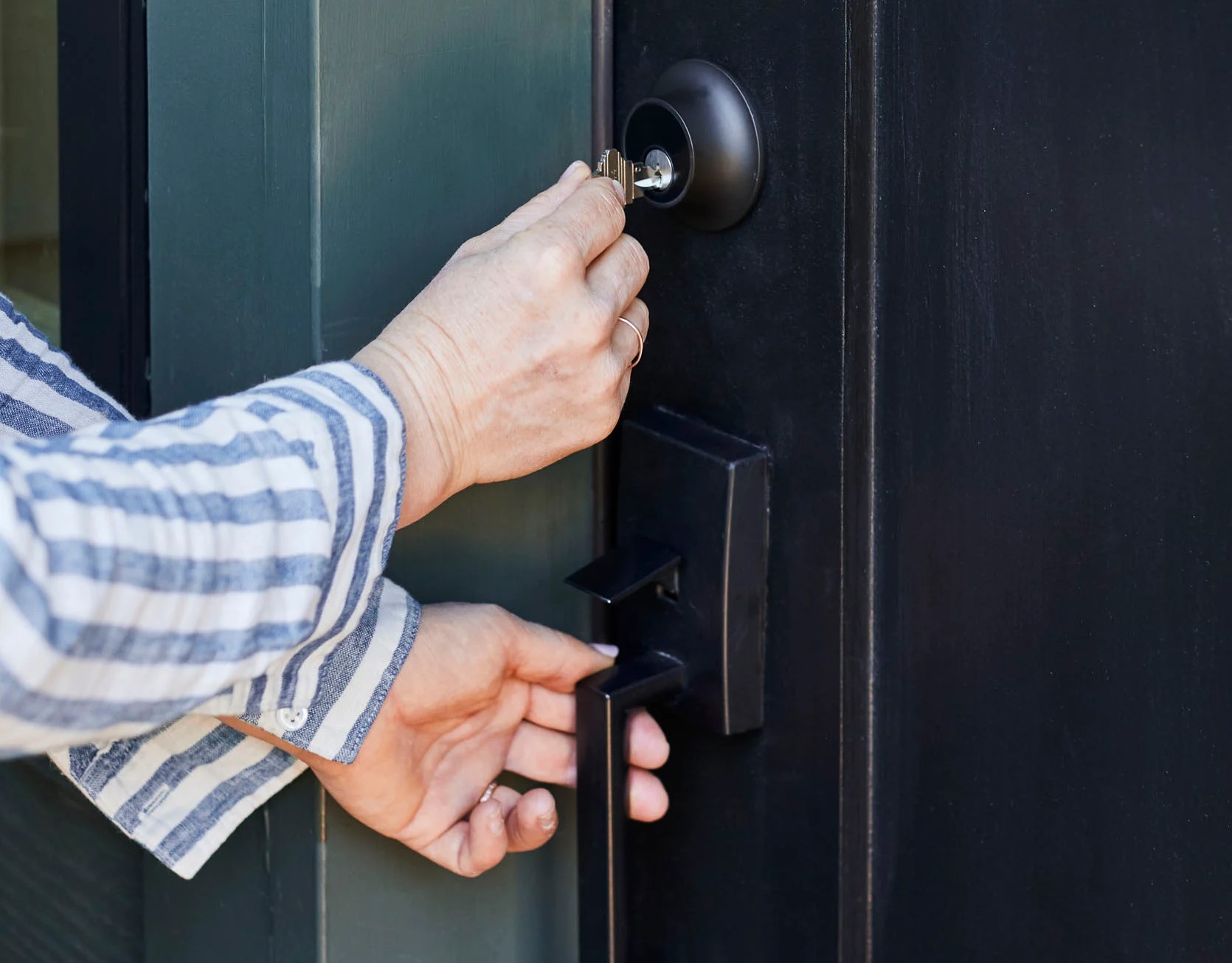
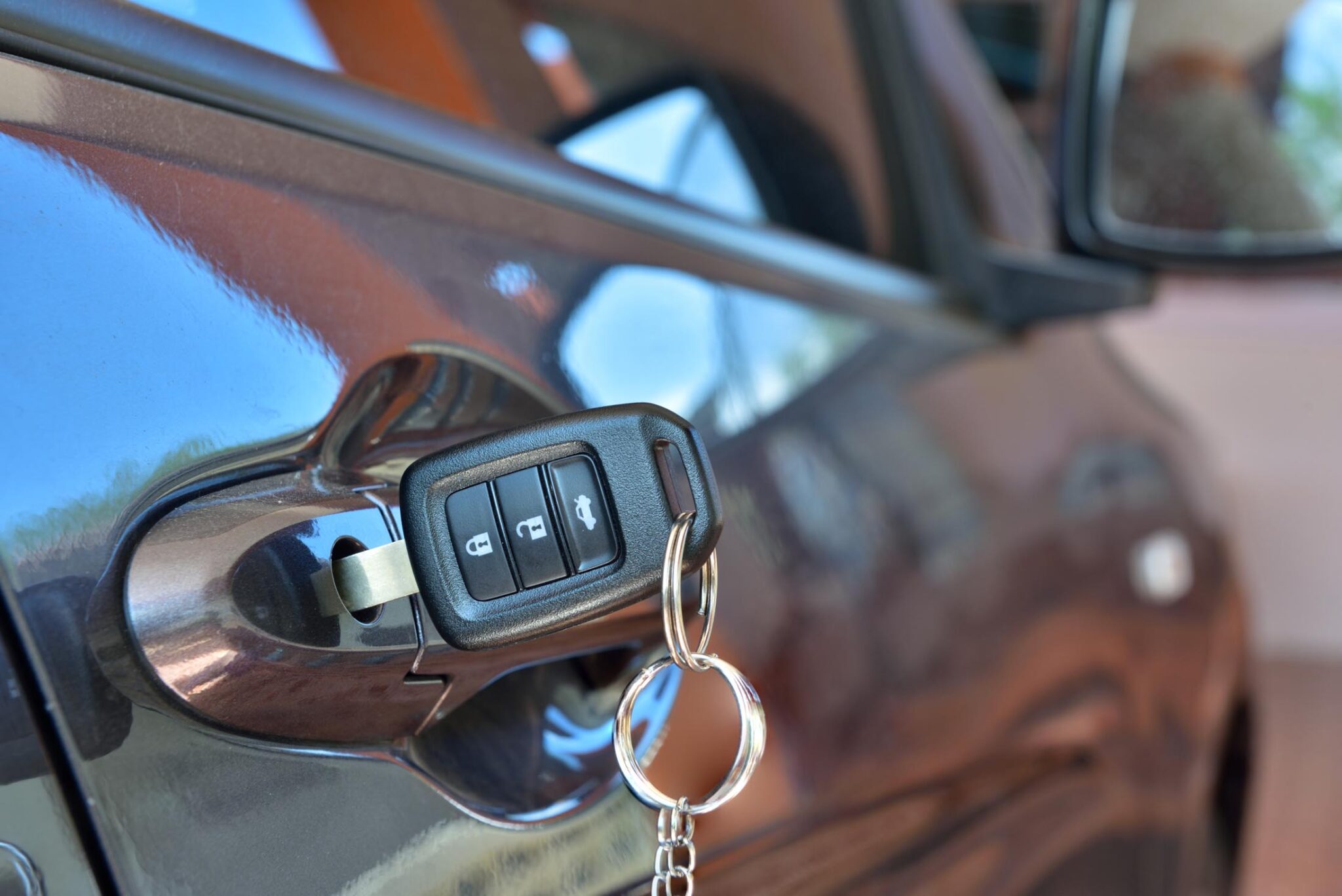

0 thoughts on “How Do I Lock My Kitchenaid Oven Door”